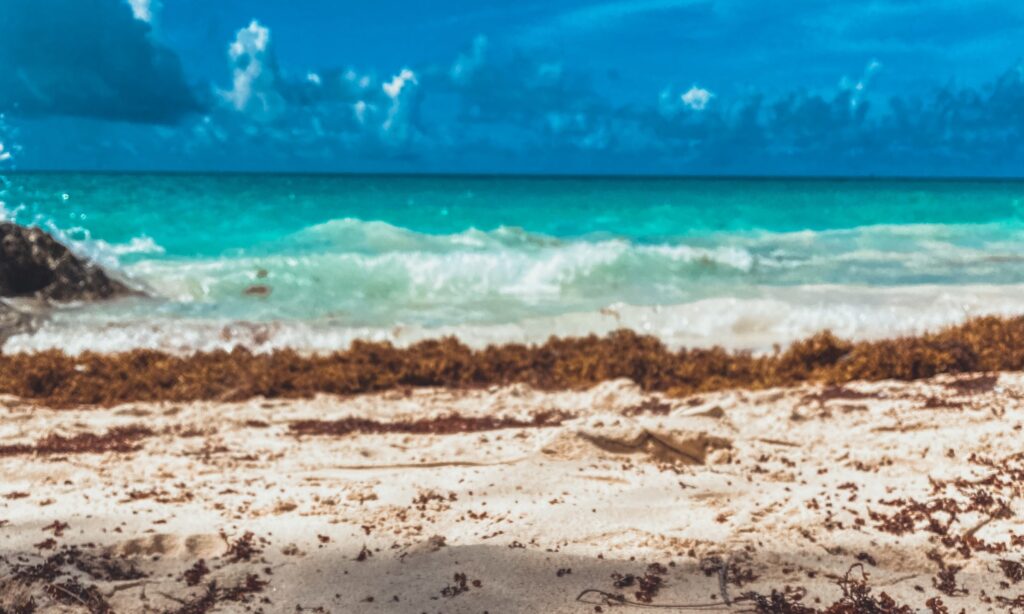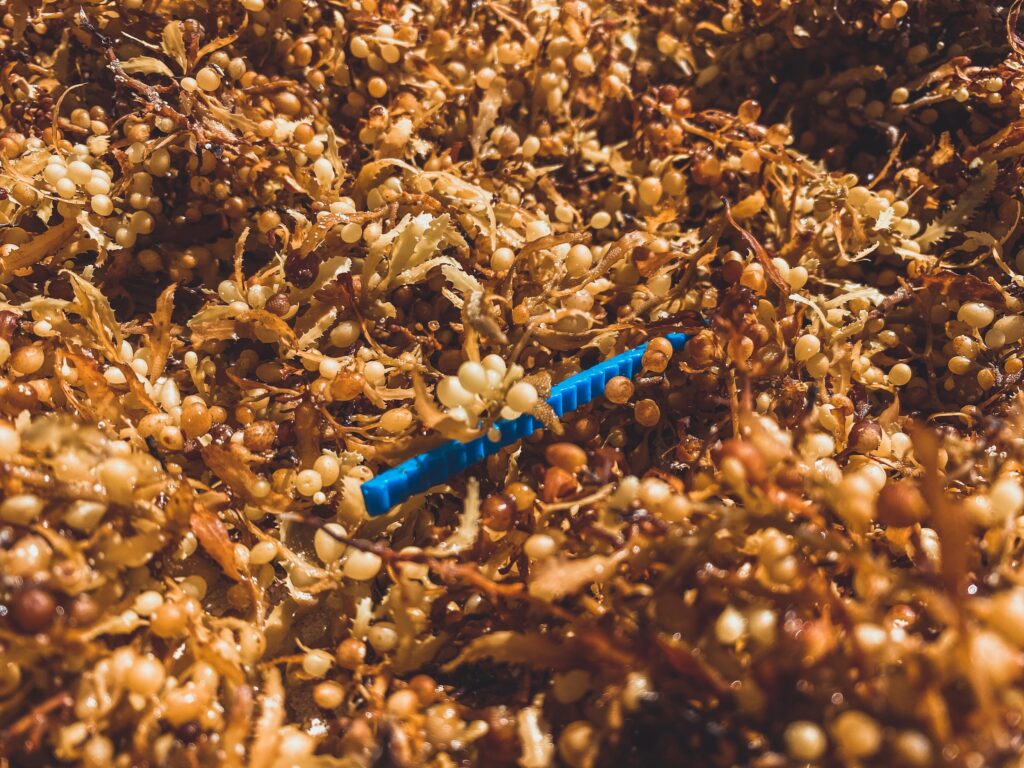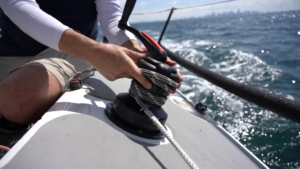Giant seaweed mass carries ‘flesh-eating’ bacteria to Florida’s beaches

A new study by Florida Atlantic University (FAU) researchers has discovered high levels of the dangerous Vibrio bacteria lurking on the decomposing seaweed that litters Florida’s beaches.
The 5,000-mile, 13-million-tonne ‘blob’ known as the Great Atlantic sargassum belt is a mass of sargassum seaweed in the Atlantic Ocean, and is the largest macroalgae bloom in the world. The mass has been creeping along the Atlantic, with huge, stinking piles of the brown seaweed piling up along beaches in locations including Florida, the Caribbean and Mexico in recent years — causing a headache for locals and holidaymakers alike.
Now, the alarming new study reveals that there are high levels of Vibrio bacteria found within the decomposing piles of algae, with the sargassum providing an ideal habitat for the bacteria to thrive.
The flesh-eating bacteria known as Vibrio vulnificus is just one species of vibrio. While the Vibrio vulnificus disease can be contracted by eating raw or undercooked shellfish, open wounds are also subject to infection by the bacteria.
Symptoms of the disease include vomiting, diarrhoea and abdominal pain, with some infections potentially leading to the breakdown of the skin and ulcers. The Centers for Disease Control and Prevention (CDC) says these infections can ultimately lead to necrotising fasciitis — a severe infection where the flesh around an open wound “dies.”
The study’s authors are encouraging beach-goers to pay attention and wash their hands after coming in contact with sargassum, which has a habit of ‘sticking’ to plastic debris hidden in the seaweed.
“Our lab work showed that these Vibrio are extremely aggressive and can seek out and stick to plastic within minutes,” said Tracy Mincer, assistant professor of biology at FAU’s Harbor Branch Oceanographic Institute and Harriet L Wilkes Honors College.
He explains that the belt of seaweed, which now stretches from the Gulf of Mexico to the African coast, provides a perfect breeding ground for “omnivorous” strains of the bacteria that target both plant and animal life, and associated “microbial flora” potentially harbouring potent levels of pathogens.
“We really want to make the public aware of these associated risks. In particular, caution should be exercised regarding the harvest and processing of sargassum biomass until the risks are explored more thoroughly,” he adds.
Little is known about the ecological relationship of Vibrios and sargassum, according to FAU, which says that open ocean vibrios represent a group of microbes that went undescribed until now.

Meanwhile, Florida’s department of health is now advising residents and visitors to avoid sargassum.
A mild case of vibriosis typically lasts about three days, according to the CDC. However, people with a Vibrio vulnificus infection can get seriously ill and need intensive care or limb amputation. About one in five people with this type of infection die, sometimes within a day or two of becoming ill.
Some positive news has also emerged about the blob in recent weeks, after scientists at the University of South Florida (USF), who are tracking the sargassum using satellite imaging, say the amount in the Atlantic unexpectedly decreased by about 15 per cent in May.
“[That] is good news for many coastal residents of Florida,” the university’s optical oceanography laboratory says on its website.
Levels of the sargassum are also forecast to drop in the Gulf of Mexico this month. However, researchers expect the huge increases in the levels of sargassum that have been witnessed in the past decade to continue in the future. This has been blamed on several factors, including excessive sewage and fertiliser levels causing nitrogen levels to surge in the Atlantic since the 1980s.











